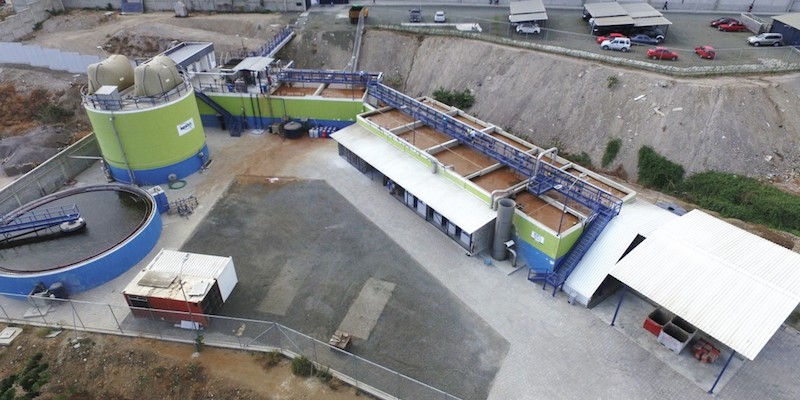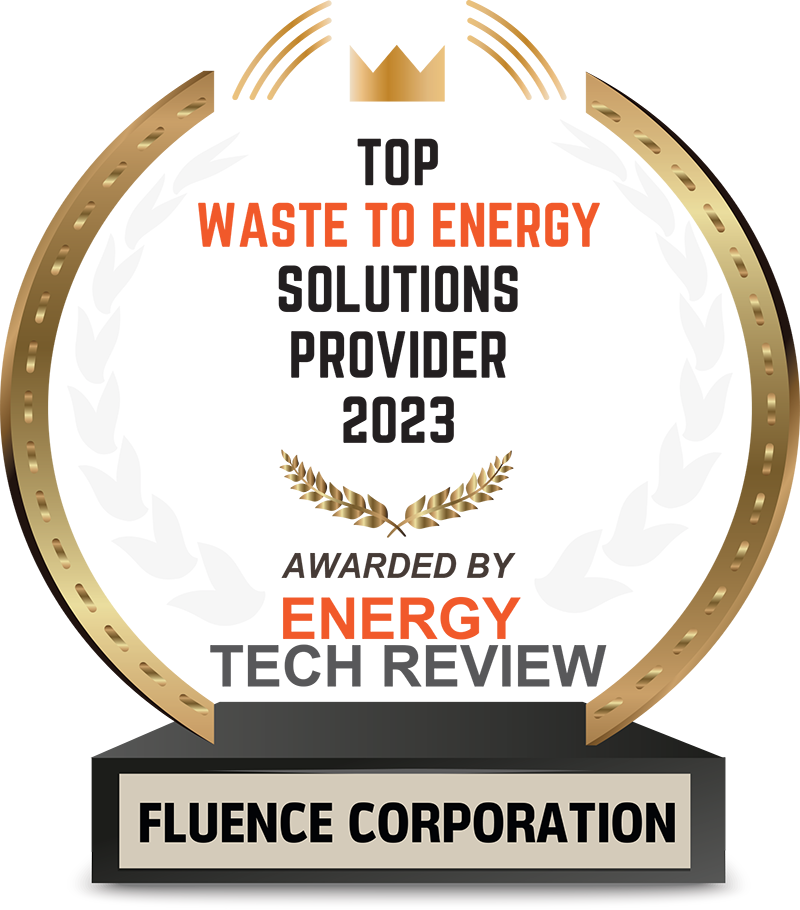Waste-to-Energy Technology Helps Fish Processor Save on Operating Costs

Fluence upgraded the wastewater treatment capabilities of Eurofish's processing plant in Manta, Ecuador, without interrupting normal operations.
In today's world, sustainability is a major goal of all businesses. In industries from mining and petrochemical to pharmaceutical and food processing, companies are driven to make their operations more efficient, both to meet regulations and to help their bottom line.
This case study shows how Fluence helped a fish processing plant in Ecuador upgrade its wastewater treatment facility to improve the quality of its effluents, reduce disposable waste, and save thousands in energy costs - all without interrupting its operations.
Background
Eurofish owns a processing factory in Manta, Ecuador, a large city on the Pacific Ocean that is a center for fishing and seafood processing. To increase production and improve wastewater treatment quality, Eurofish contacted Fluence to upgrade the facility, adding waste-to-energy to the plant's capabilities.
Challenges
To accommodate both existing operations and the intended expansion, the system's total flow rate had to be increased from 600 to 1,300 m3/d.
Another significant technical challenge was the wastewater quality, which is tough to treat because of high levels of organic/biological compounds, including nitrogen and denatured proteins. The chemical oxygen demand is about 8,000 mg/l.
This renovation gave Eurofish a chance to make other improvements benefitting the operation and the surrounding community: reducing disposal costs, meeting national environmental standards - and reducing odors.
Solutions
The renovation of the existing plant began with the addition of a new dissolved air flotation system (DAF) and other wastewater treatments.
Then, besides improving basic wastewater treatment, Fluence added an anaerobic digester to treat sludge and produce biogas, which the facility uses as fuel for its boiler, generating steam used within the processing plant.
The process flow consists of:
- Separation of effluent in the DAF system
- Treatment of clarified water in a double nitrification-denitrification stage
- Anaerobic digestion of solids separated during the DAF process, which produces biogas and significantly reduces sludge volume
- Final clarification to ensure the treated wastewater meets permit requirements before it is discharged
Fish processing at the plant generates approximately 1,300 m3/d of wastewater, and its treatment generates 1,300 m3/d of methane.
Before construction began, Fluence built a pilot plant on site to test the processes. All the phases were fully tested before the renovation and construction started. A lab was built with all the instrumentation needed to monitor water quality on an ongoing basis.
Results
Eurofish has reduced its sludge waste volume by 75% since the new facility went online. The improved quality of treated wastewater meets the Unified Text for Secondary Environment Legislation (TULAS), Ecuador’s national standards for environmental compliance.
With the addition of waste-to-energy technology, Eurofish has reduced its wastewater treatment costs by 50% and its energy consumption by 35-40%. This highly efficient renewable energy source saves Eurofish more than $120,000 a year.
PROJECT DETAILS
LOCATION
Manta, Ecuador
CUSTOMER
The Eurofish Group
SOLUTION
Wastewater Treatment, Waste-to-Energy
TECHNOLOGIES
Dissolved Air Flotation, Anaerobic Digestion, Double-Stage Nitrification-Denitrification, Final Clarification.

